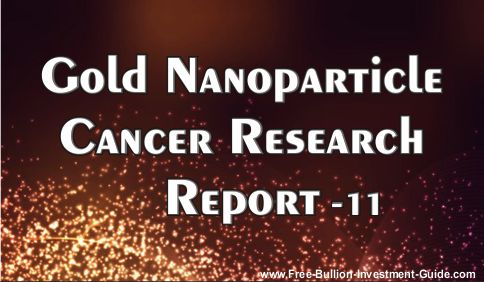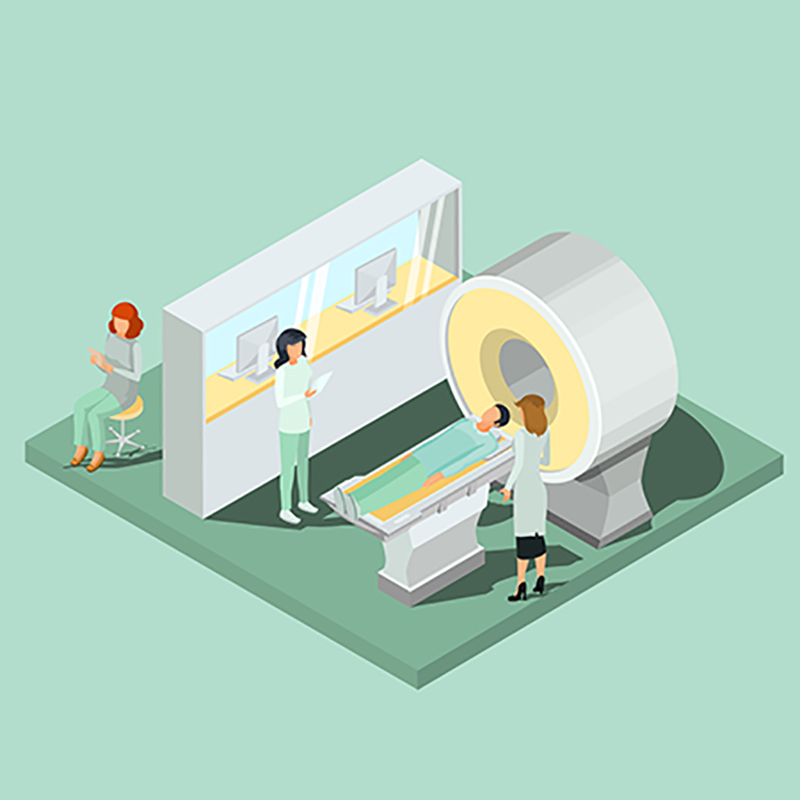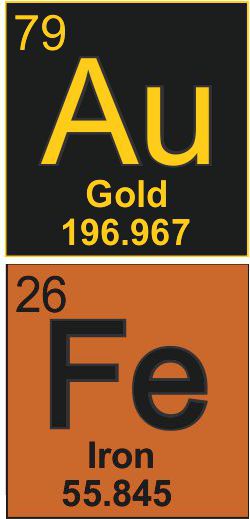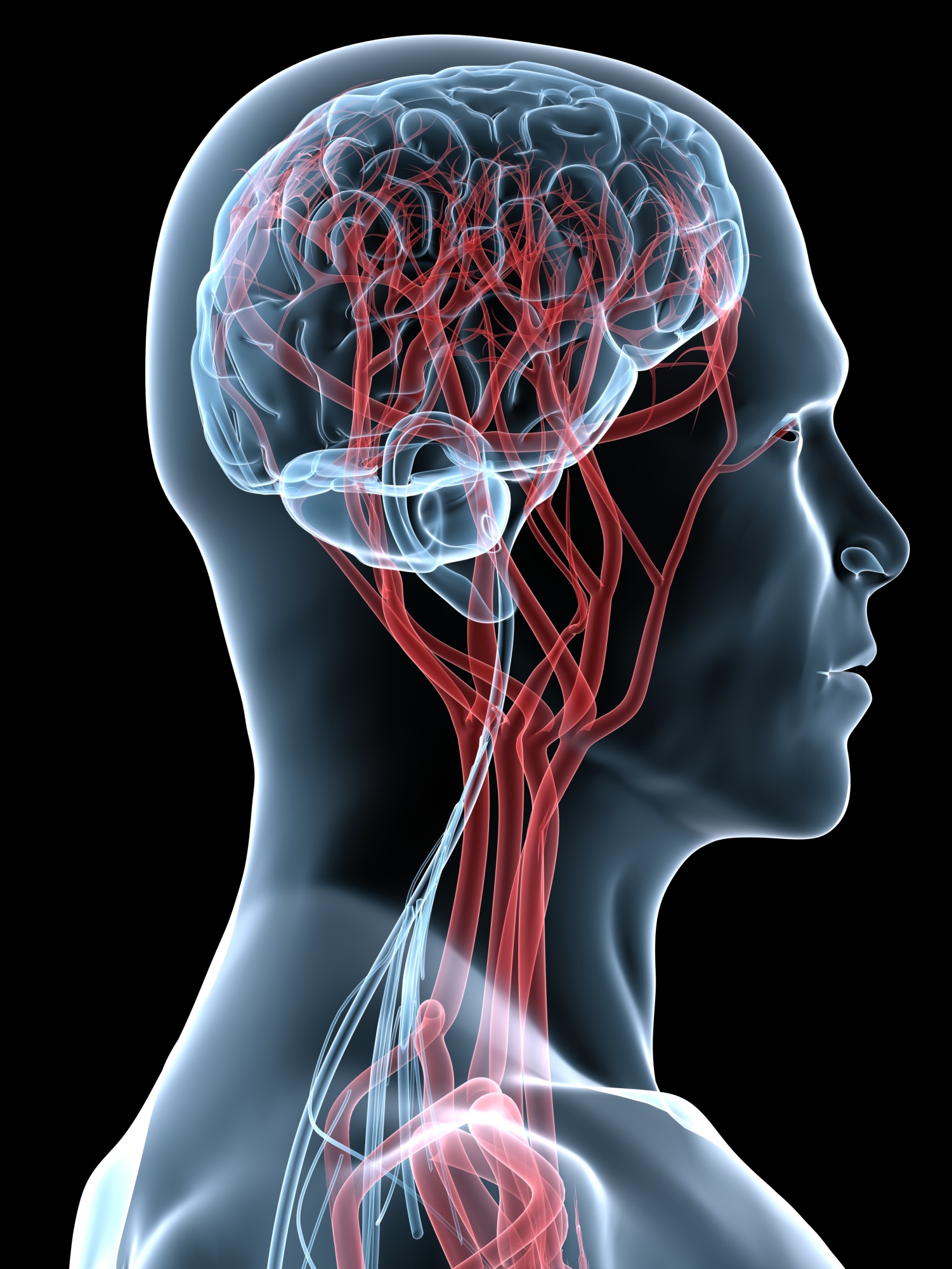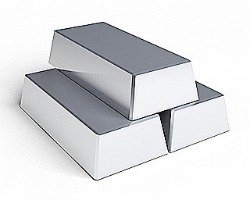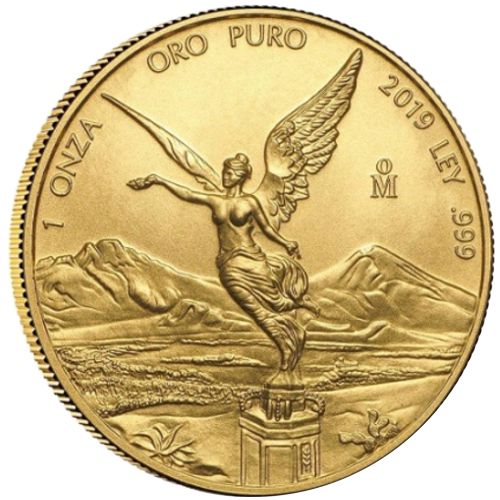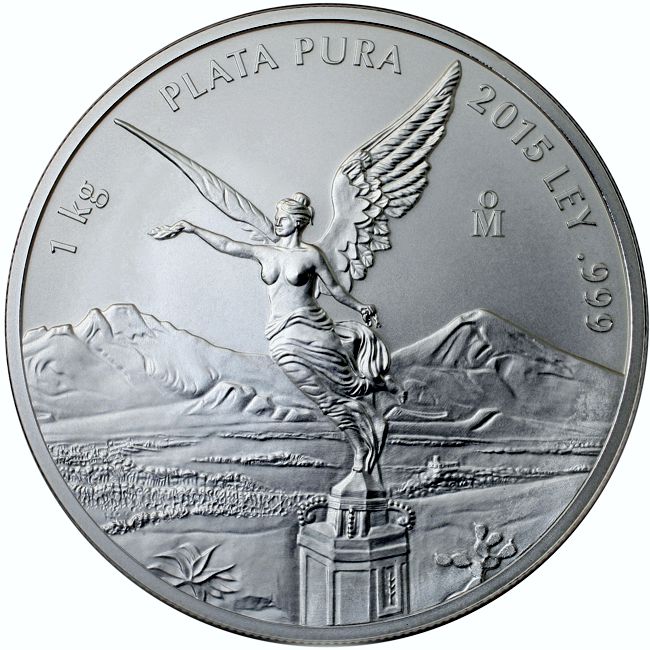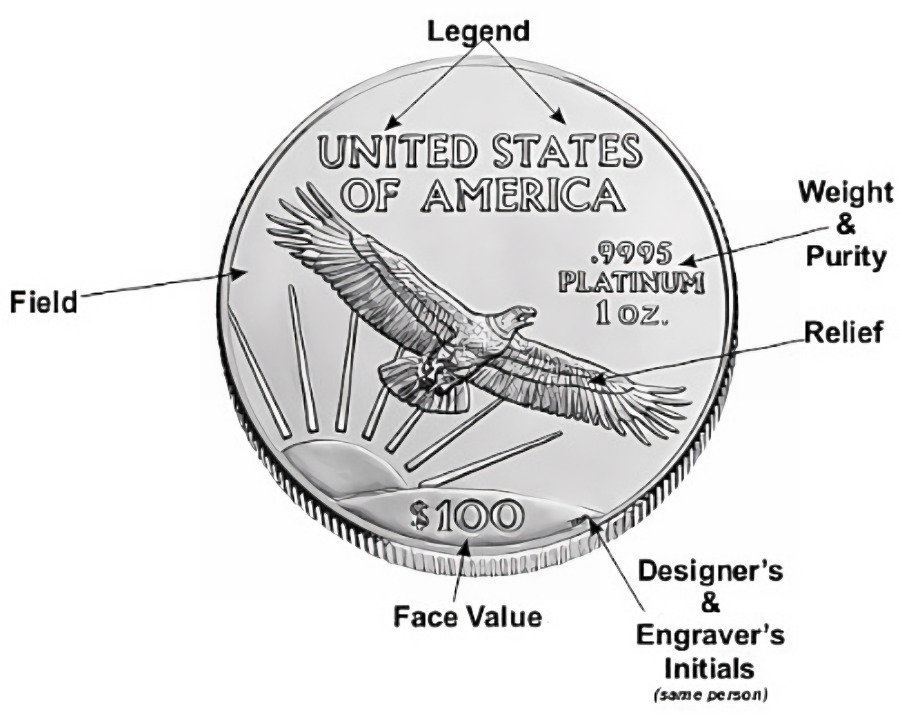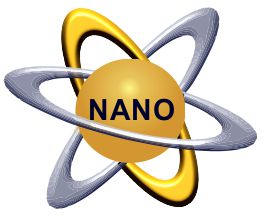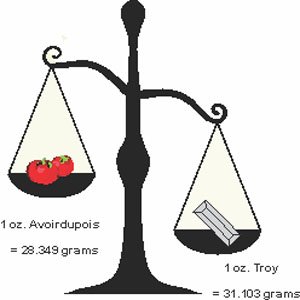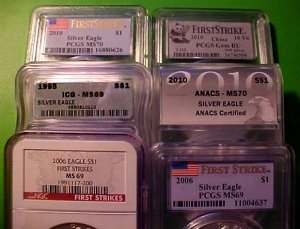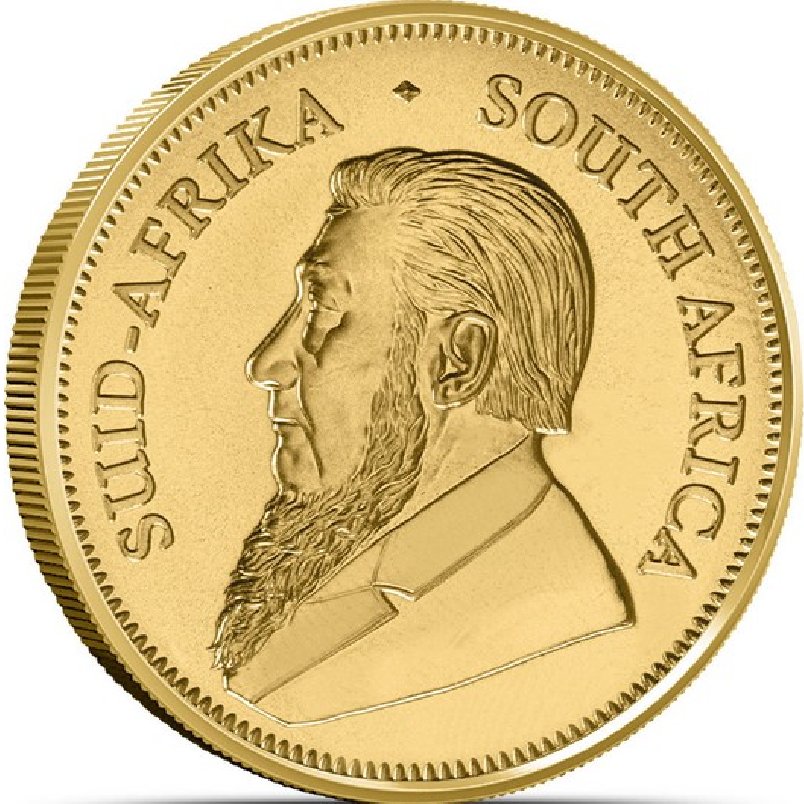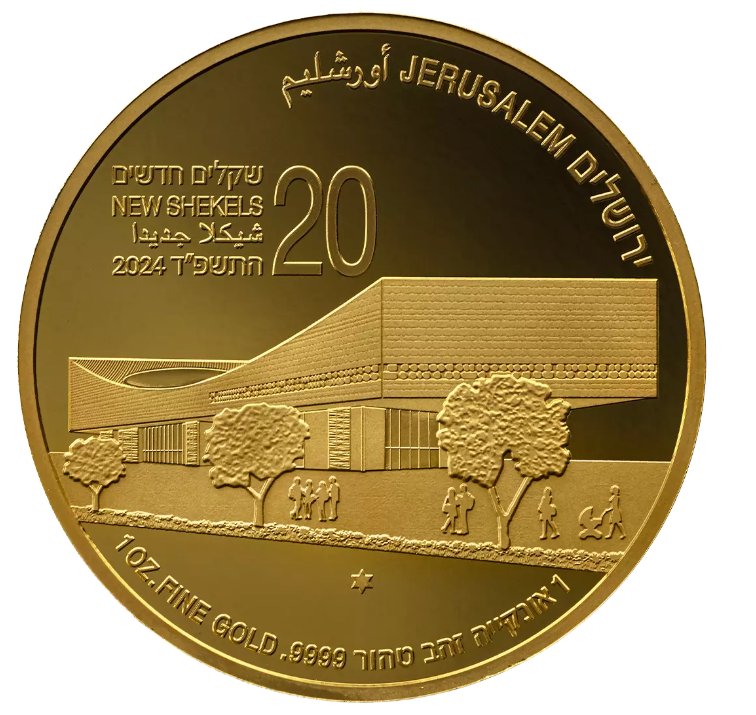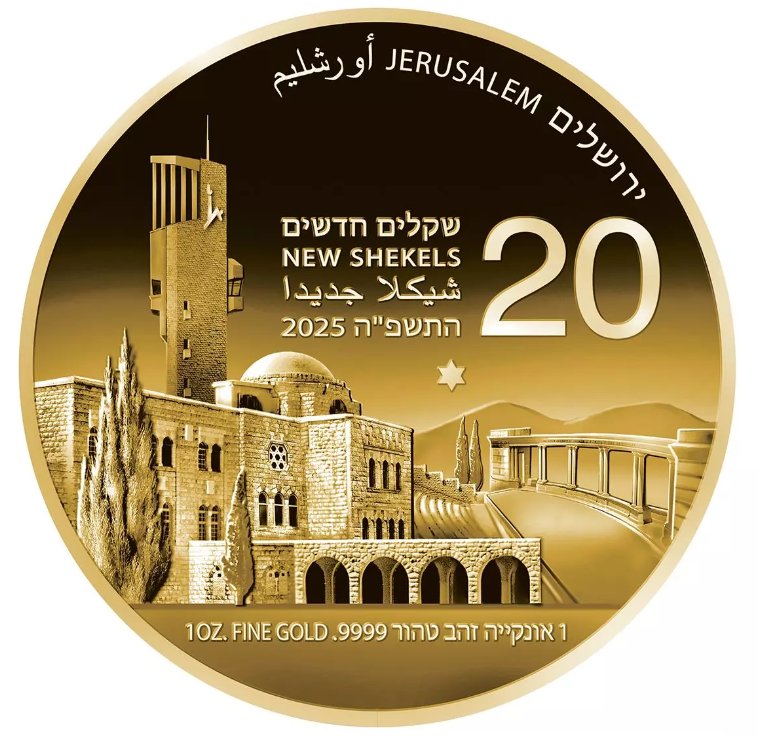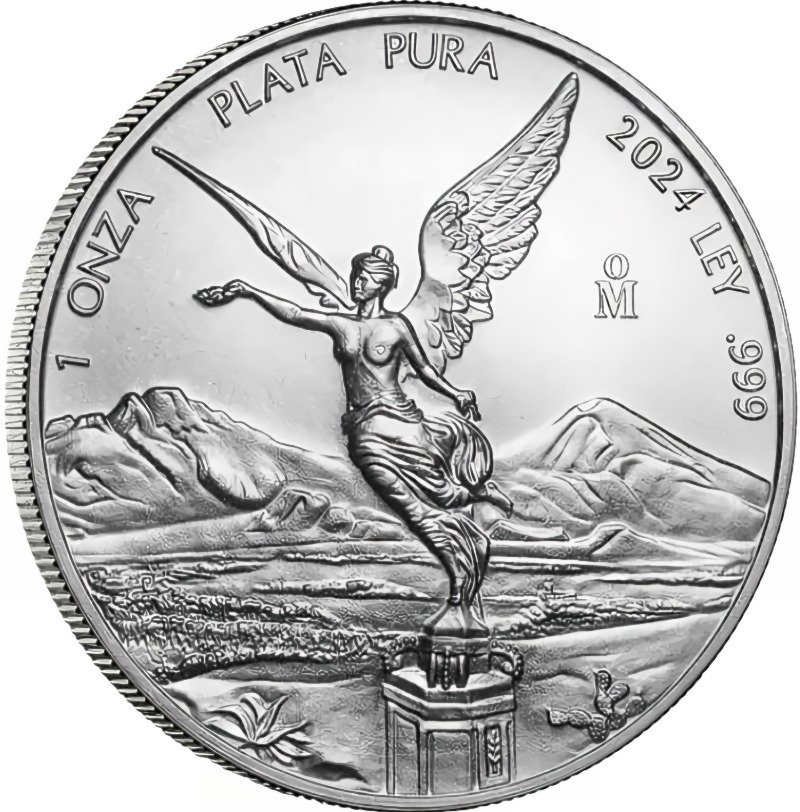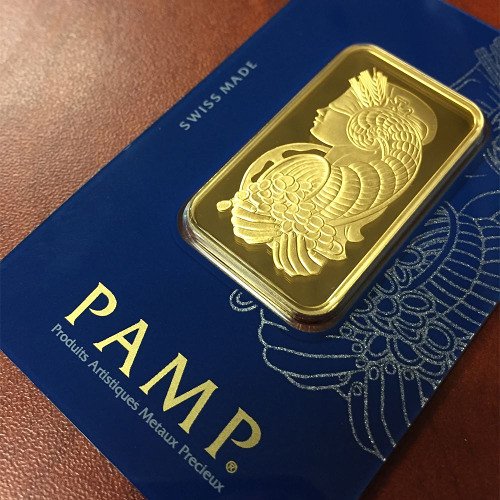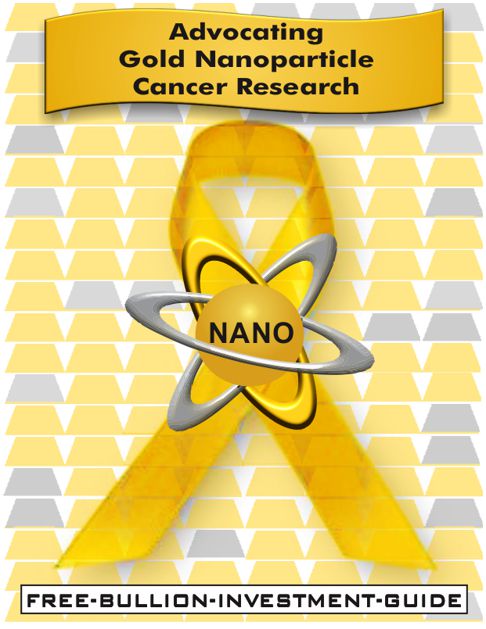Homepage / AuNP Research Blog / Gold Nanoparticle Cancer Research Report #11`

ExpressGoldCash - 4.9 star - Customer Reviews
Gold Nanoparticle Cancer
Research Report
#11
Originally Posted on 10/16/2018 @ 8:52 pm EDT
Last Edited on 03/31/2025
by Steven Warrenfeltz
Hello,
Gold Nanoparticle Cancer Research is a non-invasive cancer treatment that kills cancer without harmful side effects. Gold nanoparticles are non-toxic and biocompatible; they are made to attack and kill only cancer cells.
In this report, you will find summaries of the most promising and compelling studies from September 2018 regarding gold nanoparticle cancer research. Each summary includes direct links to the original articles and research.
Below is a glimpse into what you'll find in this issue:
- Gold Nanoparticles & Iron binding ions make MRI's safer and better
- Gold nanoparticle nasal spray for treating brain cancer.
Making MRI's
Better and Safer using
Nano Gold (Au) & Iron ions (Fe)
MRI (Magnetic Resonance Imaging) can be both confining and loud, as experienced by those who have undergone such procedures.
A Magnetic Resonance Image (MRI) occurs when a radio-frequency disrupts the electromagnetic field, in the body, creating an image.
A person lies inside a large electromagnet; a loud noise is caused by the energy required to create the magnetic field needed to align protons in the body.
To enhance the image, traditionally, MRI technicians inject a drug or contrast agent containing gadolinium into the patient's body.
Gadolinium is a toxic, rare earth metal, and it is the traditional contrast agent given to patients who are having an MRI.
When gadolinium is manufactured as a contrast agent, it's placed in an organic wrap that reduces an individual's exposure to the metal's toxicity, which helps it pass through the body.
However, a study from Japan revealed that gadolinium accumulates in the brains of some patients, while other studies found deposits in other body areas. Although no toxicity from the gadolinium was found in the studies, the FDA has made drug manufacturers add warning labels to all gadolinium-based drugs.
Rice University researchers have developed a safer method for magnetic resonance images using gold nanoparticles, iron chelate, and fluorescent dyes as contrasting agents.
In the study, headed up by Dr. Naomi Halas, researchers called their new contrasting agent 'Nano-matryoshkas' because they were multi-layered like the Russian nesting dolls.
The gold nano-matryoshkas consist of a gold core covered with a layer of silica that encapsulates iron-binding ions known as "chelates" and fluorescent dyes, which serve as contrasting agents. A second layer of gold is added for protection.
When the researchers used the gold-based nano-matryoshkas in experimental MRIs, they stated that the "results surprised everyone."
Gold nanoparticles have a very large surface area, which enabled the researchers to overload the particles with iron chelates, making the nano-matryoshkas perform twice as well as gadolinium.
In addition, the lead researcher in the study, Dr. Naomi Halas, stated that the gold-based nanomatryoshkas can kill cancer cells when a near-infrared light is focused on them.
So with further research, these experiments may one day give individuals the ability to diagnose and treat cancer in a single visit to the MRI lab.
Read the full research report here: Reimagining MRI contrast: Iron outperforms gadolinium - Rice University
Treating Brain Cancer using a
Gold Nanoparticle
Nasal Spray
Current forms of treating brain cancer involve surgery, if operable, but usually it is treated with chemo and/or radiation therapy, and often with poor results. The poor results come from modern-day treatments' failure to break the blood-brain barrier.
Washington University researchers have developed a nasal spray that breaks the blood-brain barrier, effectively treating and killing brain cancer cells. The spray uses gold nanoparticles, microbubbles, and Focused Ultra-Sound.
In the study, a cancer-fighting drug was attached to gold nanoparticles and sent through the nasal cavity and into the brain via a nasal spray, bypassing the blood-brain barrier by absorbing through the olfactory and trigeminal nerves.
However, there is an odd twist to this research: the heart's pumping effect on body vessels aids in the distribution of gold nanoparticles and the drug into the brain.
Once the gold nanoparticles fully penetrated the brain, micro-bubbles were injected into the body, and 'Focused Ultra-Soundwaves' were focused on the cancer cells in the brain.
Once the gold nanoparticles fully penetrated the brain, "microbubbles" were injected into the body, and "focused ultrasound waves" were aimed at the cancer cells in the brain, propelling the drug-coated gold nanoparticles into the cancer cells, killing them.
Researchers stated the following about their results:
|
"... results suggest that Focused Ultra-Sound IntraNasal delivery (FUSIN) is a promising technique for noninvasive, spatially targeted, and safe delivery of nanoparticles to the brain with minimal systemic exposure." |
Read the Abstract about the research here: Focused ultrasound combined with microbubble-mediated intranasal delivery of gold nanoclusters to the brain - Science Direct
The Washington University Article is here: Focused delivery for brain cancers - Washington University in St. Louis
Thank You for your Time.
Take Care & God Bless,
Steve
The Royal Mint (UK) Delivery Rates • 4.8 star - Customer Reviews
Other pages, on this Guide, that you
may like...
|
|
|
Notice:
The charts, commentary, and information on the Free-Bullion-Investment-Guide.com are not meant to encourage you to invest or divest in any particular way.
|
Support this Guide & Paypal Thank You for Your Support |
|
|
 | |||||

Ad Gloriam Dei
This website is best viewed on a desktop computer.
Keep this Guide Online
& Paypal
Thank You for
Your Support
with Feedly
Search the Guide
| search engine by freefind | advanced |
Premium Canadian Bullion
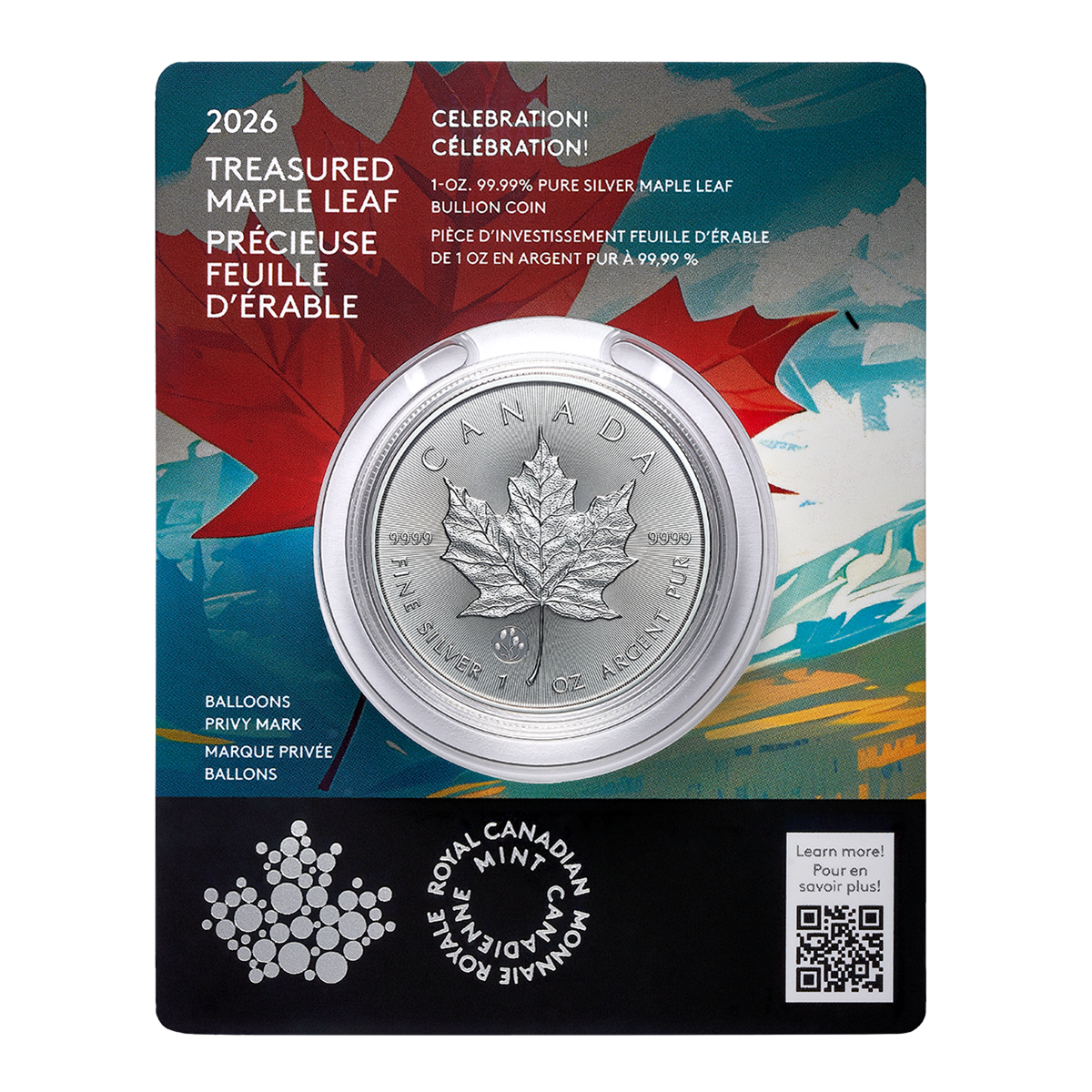
Give a lasting gift of the iconic Silver Maple Leaf bullion coin [More]
Free Shipping on Orders over $100 (CDN/USA)
or
From the U.K. Royal Mint
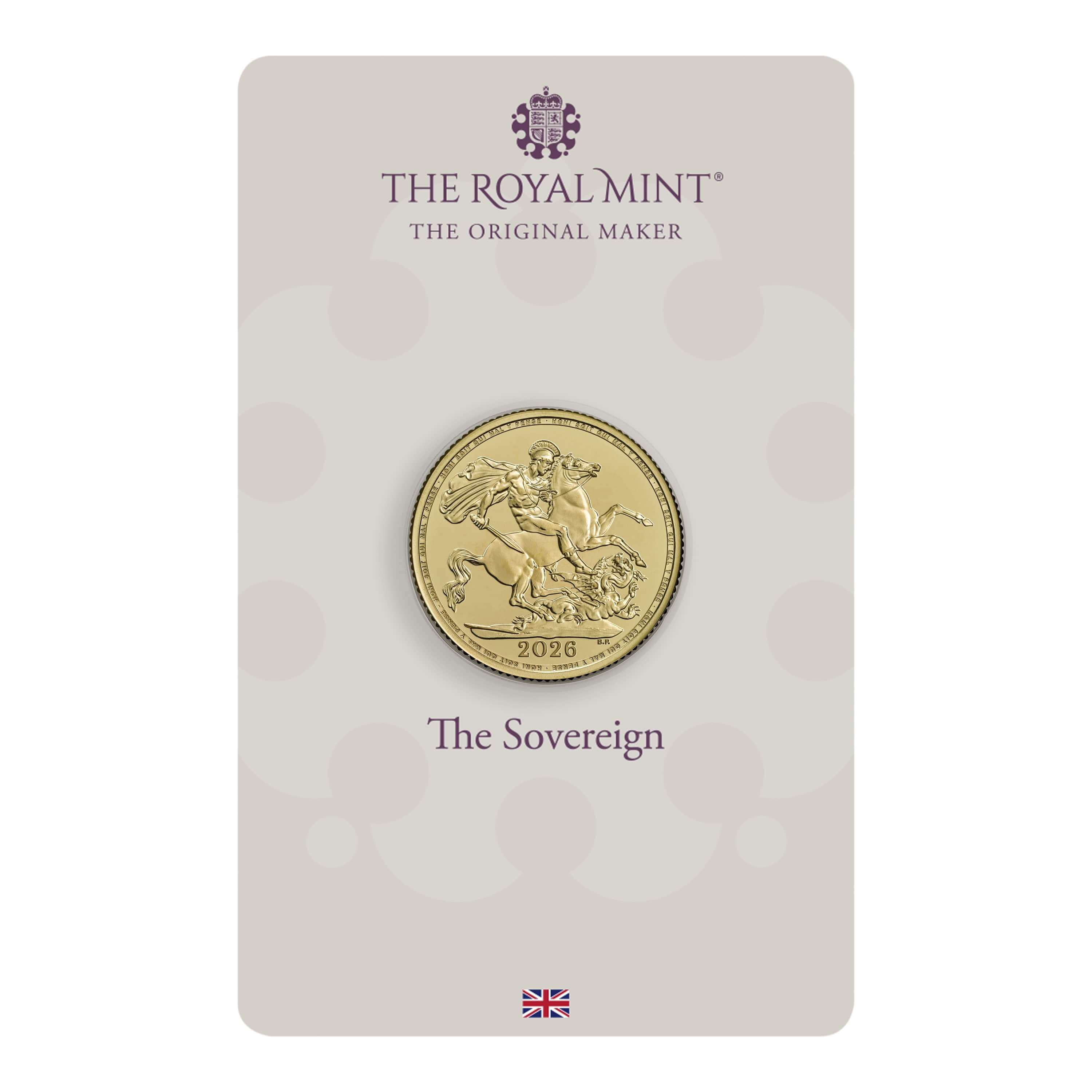

Daily
Newsletter
Updated Mintages for
American Gold Buffalo
American Gold Eagle
American Silver Eagle
2024 & 2025
Jerusalem of Gold Bullion
Coin photos
(bottom of page)
Mintages
for
2024
Gold & Silver Mexican Libertad
|
Gold Libertads |
Chinese Gold Coin Group Co.
& Chinese Bullion
Help Us Expand our Audience by forwarding our link
www.free-bullion-investment-guide.com.
Thank You!
Last Month's

In No Particular Order
November 2025
All Articles were Originally Posted on the Homepage
